Temple of Literature Hanoi is known as the first national university in Vietnam, where hundreds of renowned scholars used to study and practice. Nowadays, it has become a must-visit historical relic in Hanoi, with impressive beauty and architecture.
To help you have unforgettable memories in the Temple of Literature, Vietnamtour.in will give you a full guide during your visit, as well as introduce its outstanding attractions. Right now, let’s explore this amazing temple together!
History of Temple of Literature
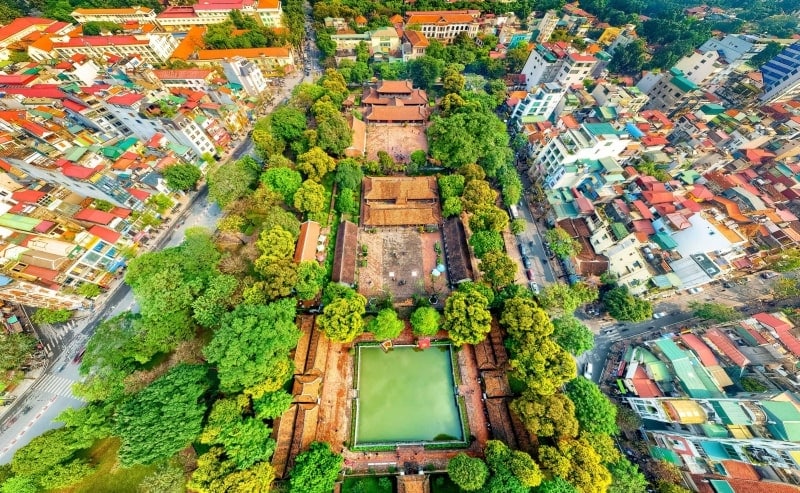
Temple of Literature Hanoi was originally founded in 1070 by Emperor Ly Thanh Tong to honor the Chinese philosopher – Confucius. Over the next 6 years, his son established a new complex called the Imperial Academy, which educated royal members, such as nobles, princes, and bureaucrats. They would learn the doctrines of Confucius, as well as other Confucianism-relating theories.
The core belief of Confucianism is to focus on rigorously educating the rules of political, social, and ethical conduct. It is believed to bring wonderful values, encouraging each individual’s development in society.
In 1253, the Hanoi Confucius Temple first opened its doors to excellent commoners coming to study for 3 – 7 years. At that time, the official curriculum was under the strong impact of Imperial China, including the study of Chinese penmanship, literature, and poetry. Despite that, the values of Confucianism have been preserved to this day.
Architecture of Temple of Literature
During your trip, you will have a chance to witness the stunning Van Mieu architecture, covering 5 main courtyards with distinctive styles. In particular:
The First Courtyard (Dai Trung Mon)
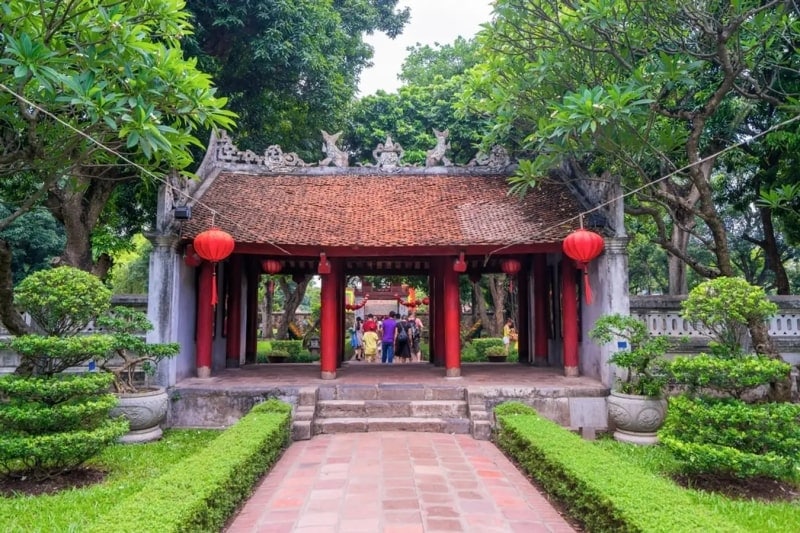
After coming across the Great Middle Gate, visitors will be impressed by the green and fresh ambiance of Dai Trung Mon. On the right and left side, you can see two special-designed gates called Talent Gate and Virtua Gate respectively. Both gates expressed the expectation of the Vietnamese royalty towards the best achievements in the national educational system.
On the top of the gates, there is a symbol of a fish, which relates to a Vietnamese tradition in the past. Legend has it that the King or God organized a competition to find the strongest fish, which was compared to the way to seek the talents of a nation. Once they overcome all of the challenges, brilliant individuals will become government officials.
The Second Courtyard (Khue Van Cac)
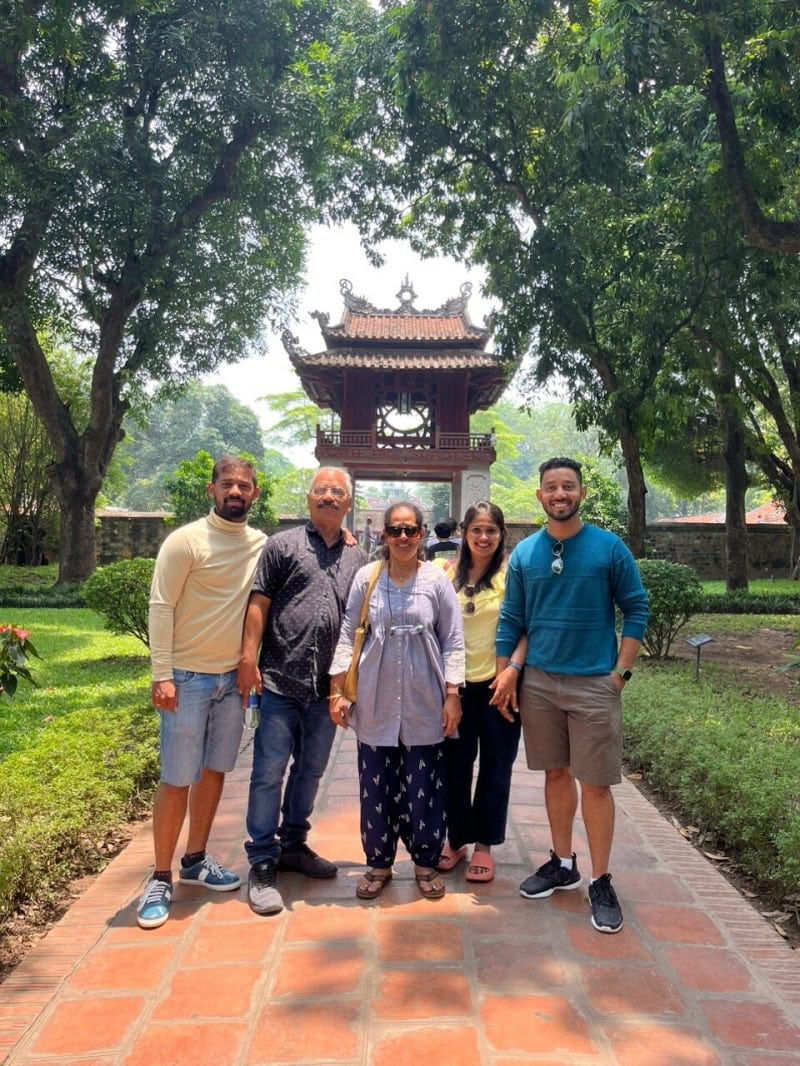
Khue Van Cac (Pavilion of Constellation) is known as a symbol of the Temple of Literature Hanoi, which is a familiar image to most Indian travelers. It is simply because when you exchange a Rupee for a Vietnam dong, you can easily catch sight of Khue Van Cac on the 100,000 VND banknote.
The Pavilion of Constellation was built in 1805 and has a harmonious and beautiful design. The main structure includes 4 brick pillars and an upper wooden structure. With each detail, royal craftsmen carved impressive patterns, bringing the ancient and traditional beauty of Vietnam. That’s why the Khue Van Cac is called a perfect work of historic as well as national art values in the Temple of Literature Hanoi.
The Third Courtyard (Thien Quang Well)
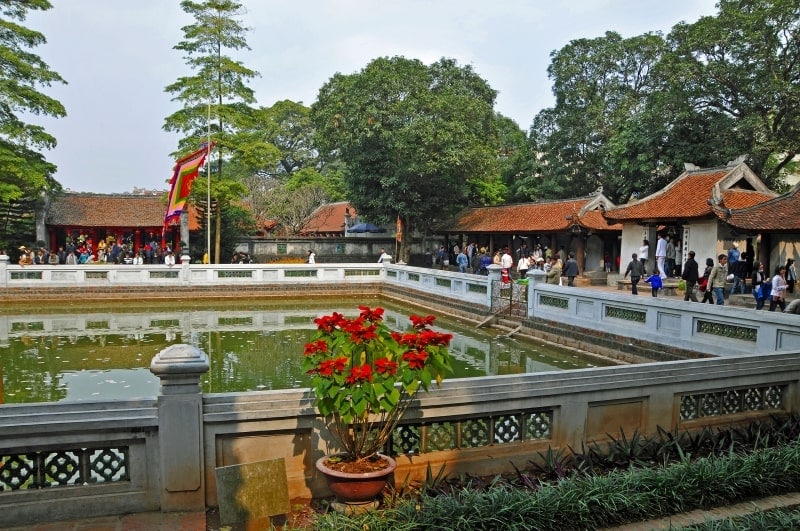
Thien Quang Well was constructed in a square shape, representing the earth, together with the circle on the top of the pavilion – meaning the sky. All of these things mean a wish for harmony between the earth and sky, bringing prosperous development to one country.
In this Courtyard of Temple Hanoi, visitors will also see stone turtles with large stelae, as a strong respect for the beliefs of Confucianism and the national Doctors. Although there are only 83 remaining stelae today, this site is one of the impressive royal styles, which is great for visitors to discover more about Vietnamese culture.
The Forth Courtyard (Dai Thanh Mon)
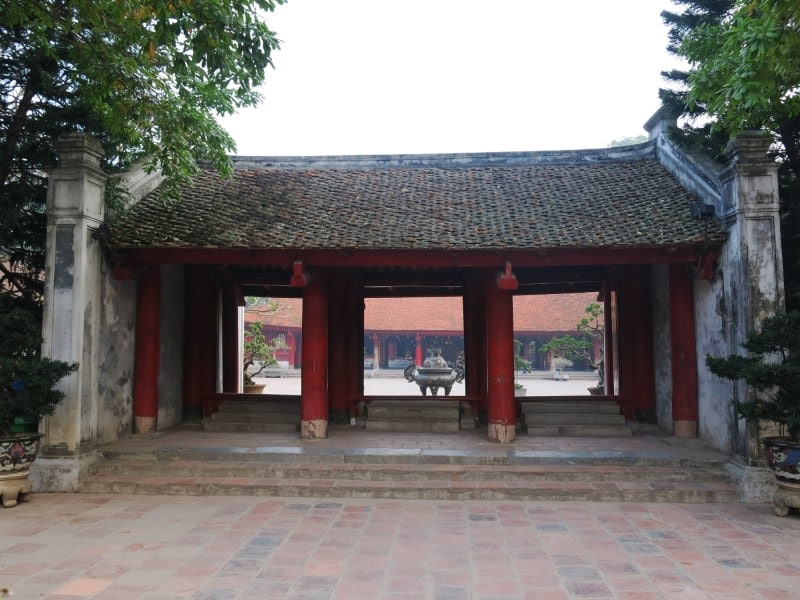
“Dai Thanh Mon” means “the great success” in Vietnamese, boasting the sanctuary to Confucius and the magnificent House of Ceremonies. In the center of the sanctuary, tourists can see an altar – decorated in Vietnamese tradition, with 5 basic elements, including Fire, Metal, Water, Wood, and Earth. Additionally, the altar is always filled with offerings and incense, expressing strong honors to the ancestors of the Vietnamese people. This also makes Dai Thanh Mon one of the most sacred areas in Van Mieu Hanoi.
The Fifth Courtyard (The Grounds of Imperial Academy)
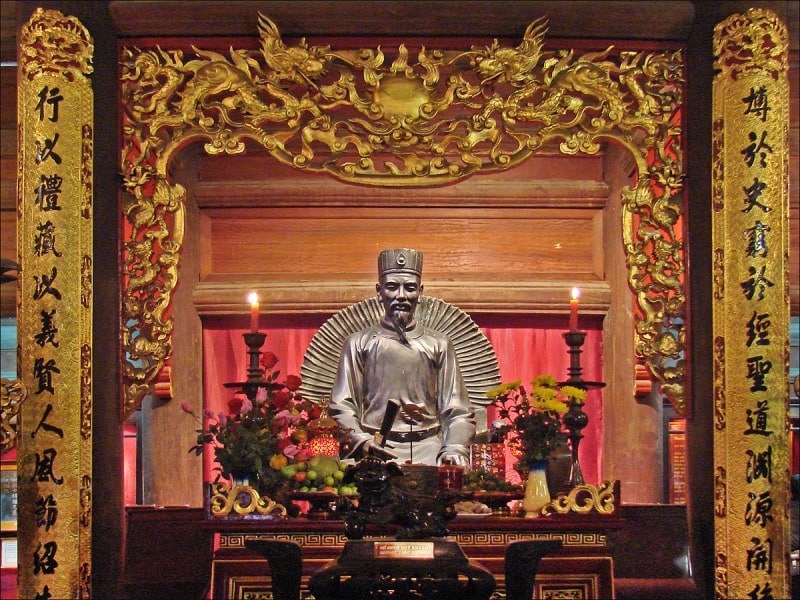
The last courtyard in the Temple of Literature Hanoi is the Grounds of the Imperial Academy. It is the sole place belonging to this temple to be designed on 2 floors. When visiting the ground floor, you will see a statue of the famous Vietnamese teacher Chu Van An. Besides that, visitors also have a chance to discover more about Confucian education of Vietnamese Feudal Dynasties through some pictures and artifacts.
The second floor is the area to worship the three Kings who played important roles in developing Van Mieu Hanoi, including Ly Thanh Tong, Ly Nhan Tong, and Le Thanh Tong. With their contributions, the Vietnamese educational system has been preserved and maintained for thousands of years.
After experiencing the beauty of the five areas in the House of Literature Hanoi, you will have a deeper understanding of Vietnamese culture and history.
Location
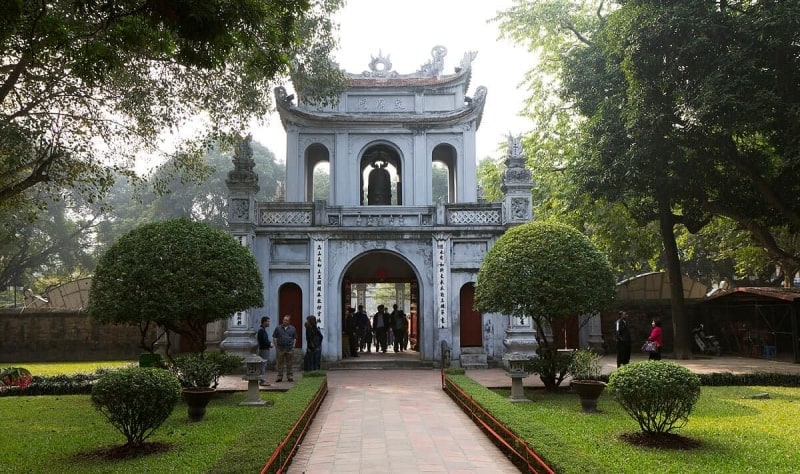
The Temple of Literature Hanoi is located in No. 58, Quoc Tu Giam Street, Dong Da District, Hanoi, which is around 3 kilometers from the center of Hanoi Capital. More specifically, it lies to the South of the Imperial Citadel of Thang Long, near four famous streets, namely Ton Duc Thang, Nguyen Thai Hoc, Quoc Tu Giam, and Van Mieu. Thus, you can easily move to the temple from different directions in the city.
Entrance Fee
To discover the beauty of Van Mieu-Quoc Tu Giam, visitors need to pay an entrance fee of:
- Students: 1 USD/person (providing student card)
- Adults: 1.5 USD/person (for both local and international travelers)
- Children under the age of 15: Free
Opening Time
You can pay a daily visit to the Temple of Literature in Hanoi. However, the opening time can vary by season:
- In summer (between April and October): 07:30 AM – 05:30 PM
- In winter (between October and April): 08:00 AM – 05:00 PM
Best Time to Visit
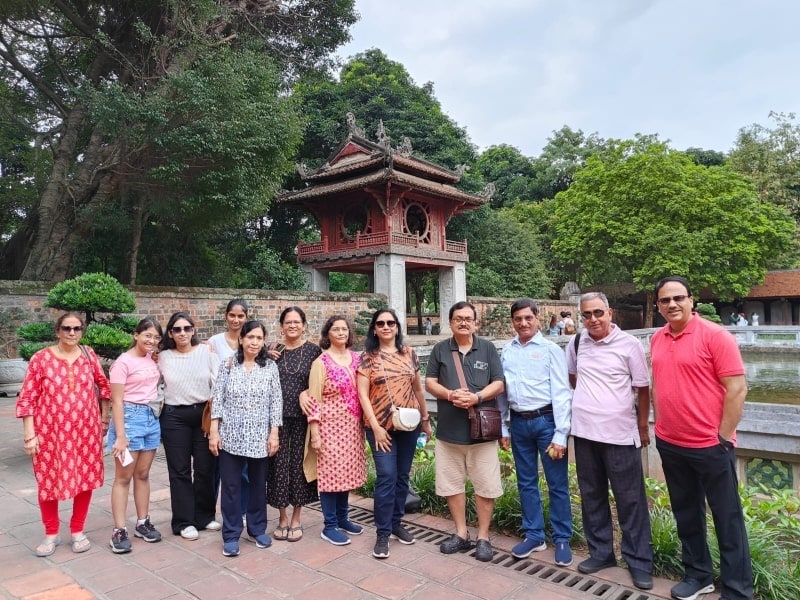
To enjoy Van Mieu’s stunning beauty and tranquil ambiance, you can come here at any time of year, except for the Lunar New Year and graduation time (between November to January). During this time, a lot of local people as well as visitors went to the temple to wish for the best things for their studies, careers, and families. Thus, you find it difficult to discover and check in all of the corners of the Temple of Literature Hanoi.
How to Get There
It is not a challenge to find the way to the temple from any area of Hanoi Capital. If you have rented a motorbike for your Hanoi trip, let’s look up the directions to Van Mieu on Google Maps. Or else, you can book a car/motorbike on Grab or Gojek applications to save time to find and track the way on your own. In case you want to move in local buses, there are five ideal bus numbers to consider, including 4, 2, 38, 23, and 25.
>> Read more: 7 Best Temples In Hanoi: Detailed Reviews 2025
Travel Tips
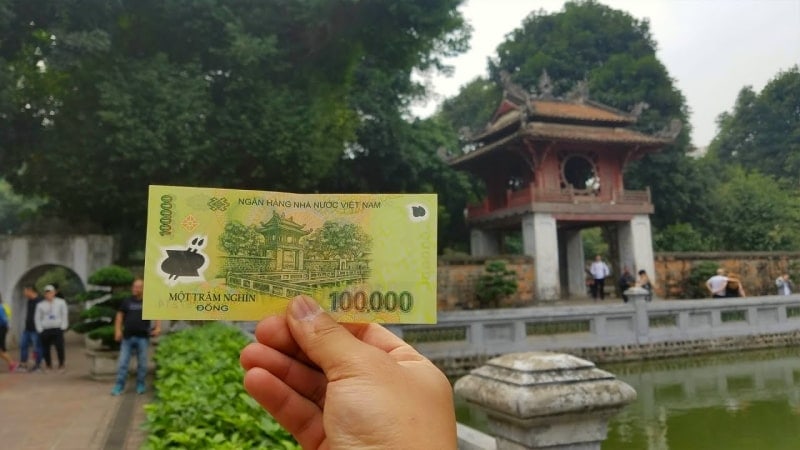
Before starting your journey in the Van Mieu Hanoi, you should take a look at some tips below:
- Always take off hats when visiting the sanctuary area
- Dress in polite clothing, no tank top or mini skirt
- Allow to take pictures, but be respectful
- Bring cash during visit time (no credit cards allowed)
Besides that, you can drop in some other well-known destinations nearby such as Ngoc Son Temple, Presidential Palace, Tran Quoc Toan Pagoda, or Bach Ma Temple. It will be surely amazing experience for any visitor whenever having a trip to Hanoi Capital.
Our blog has reviewed the Temple of Literature, one of the most famous historic and cultural sites in Vietnam. If you want to know more about other interesting activities in Hanoi, don’t miss our blog about things to do in Hanoi. We believe you will have a great time during your holiday to Vietnam.
OTHER ATTRACTIONS IN HANOI
ITINERARY WITH TEMPLE OF LITERATURE

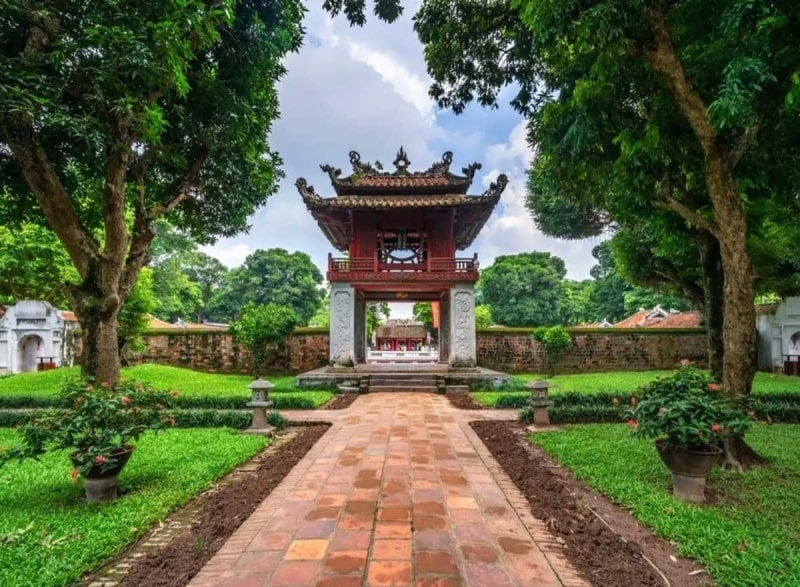
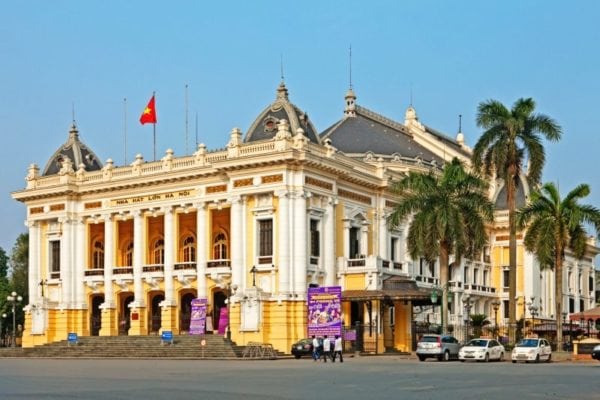
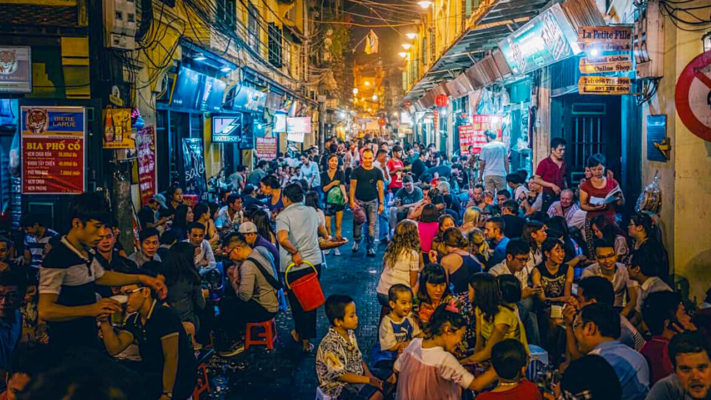
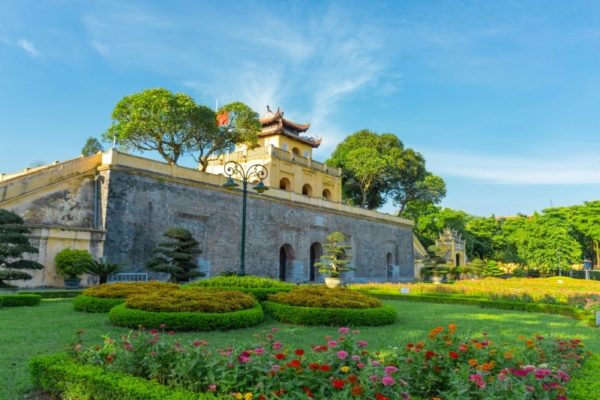
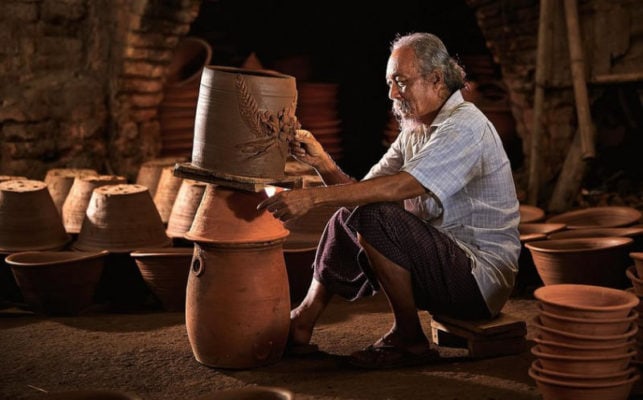
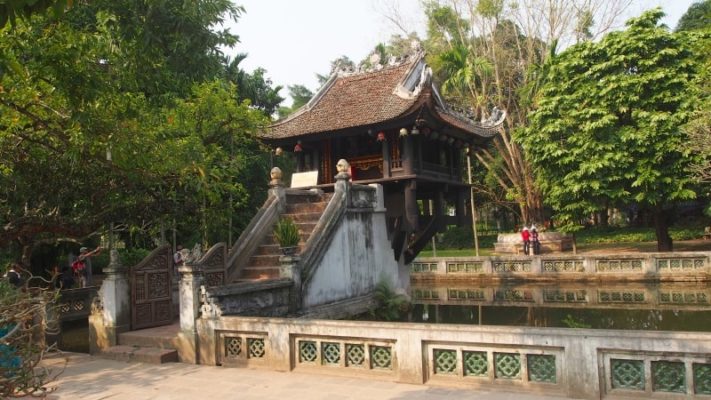
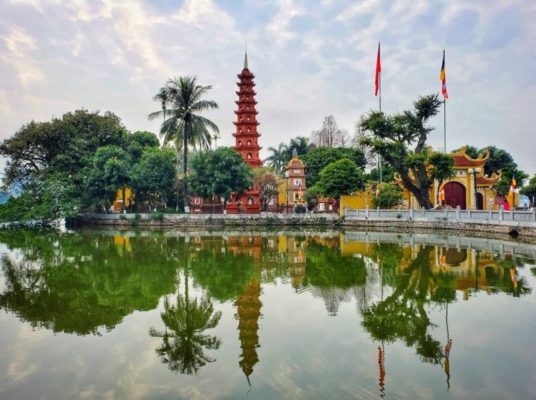
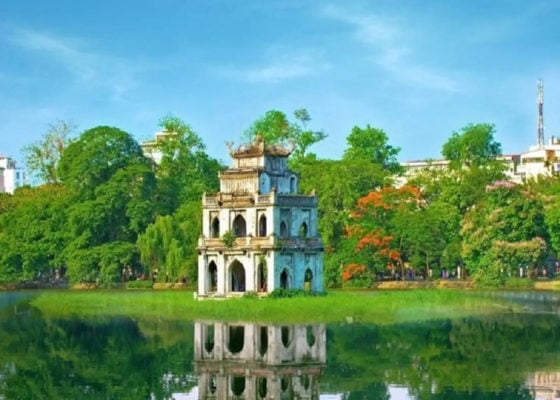
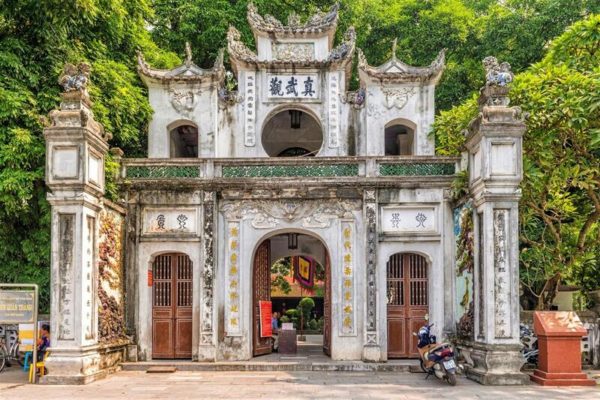
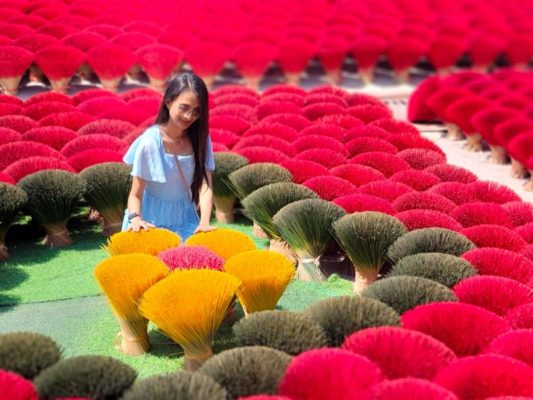
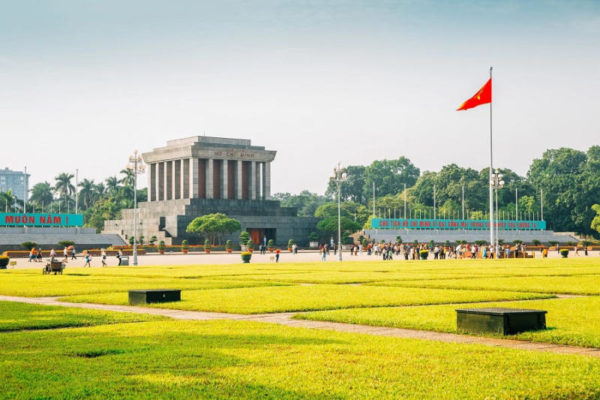
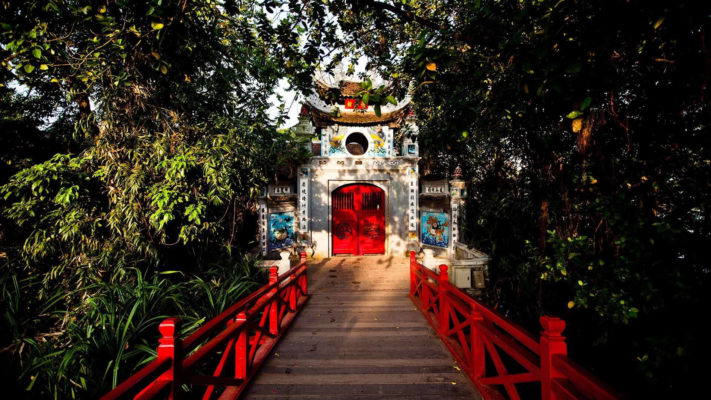
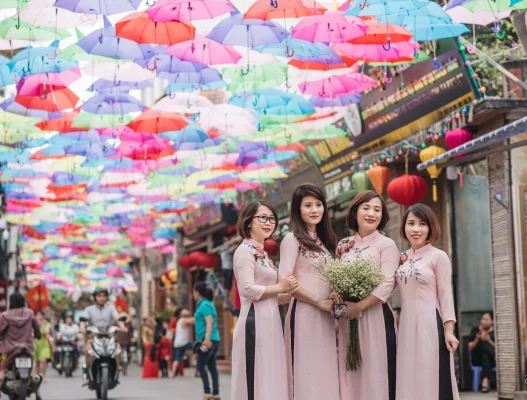
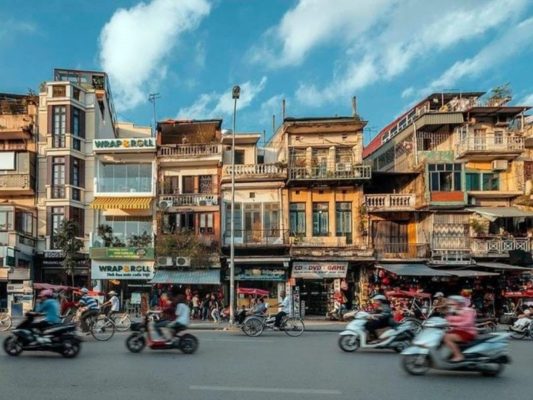
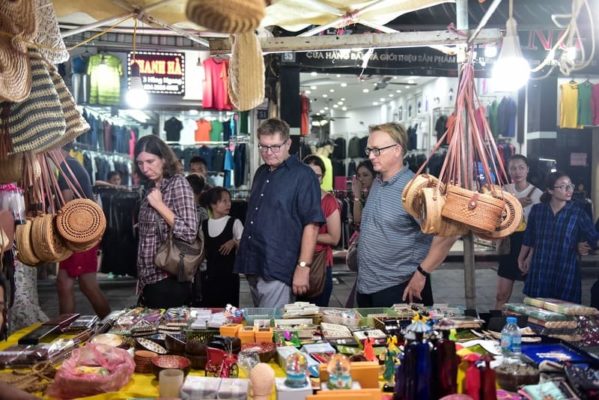
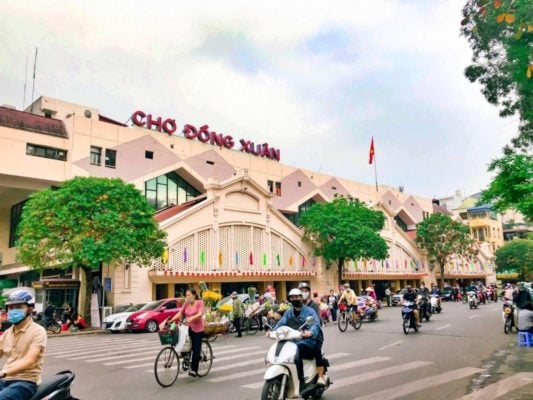
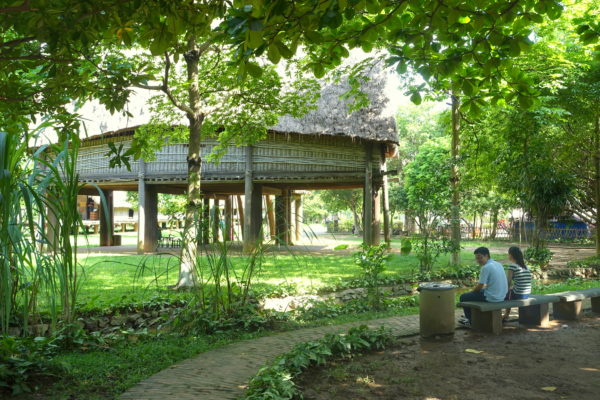
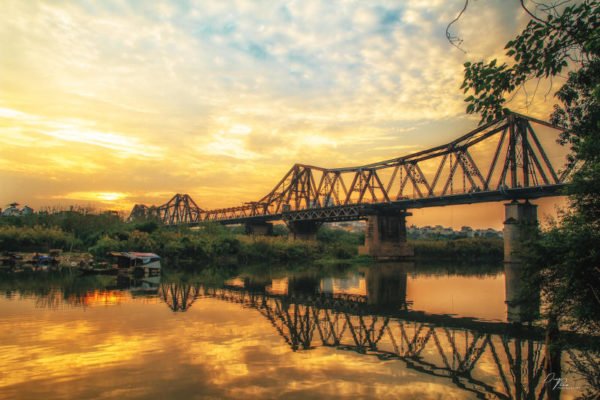
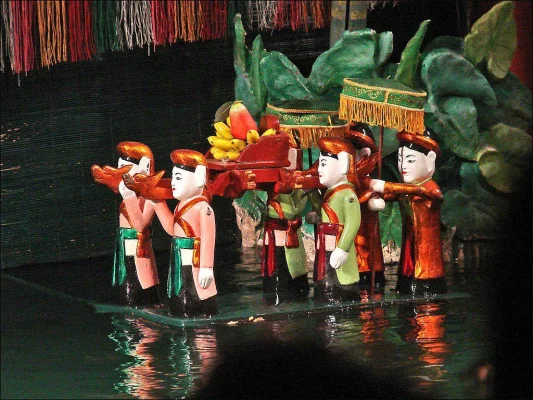
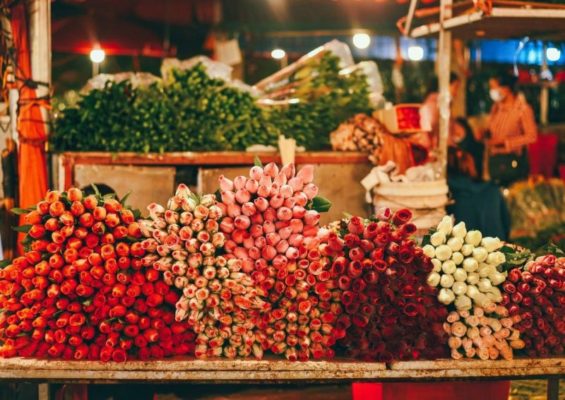
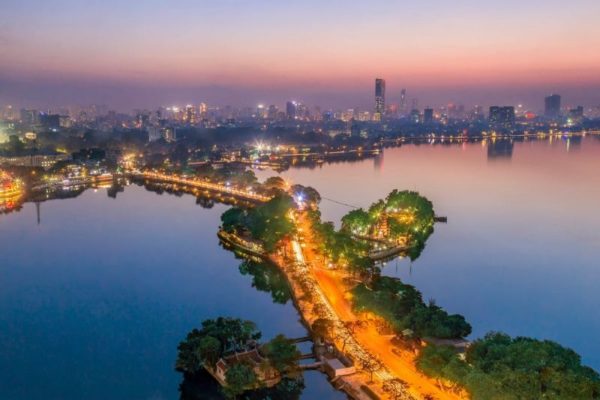
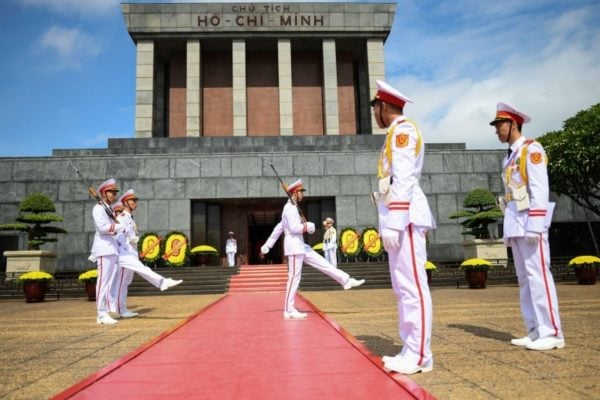
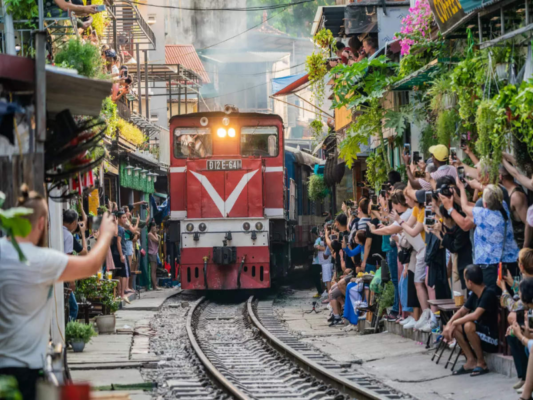
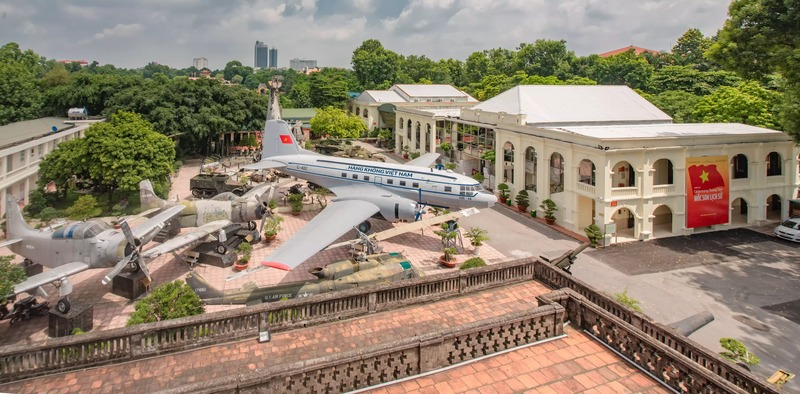
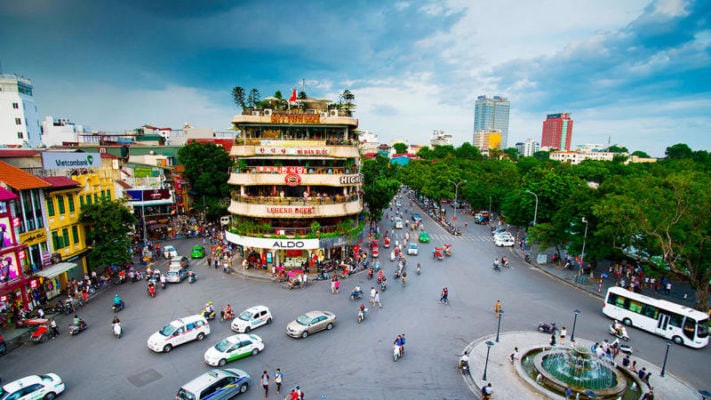
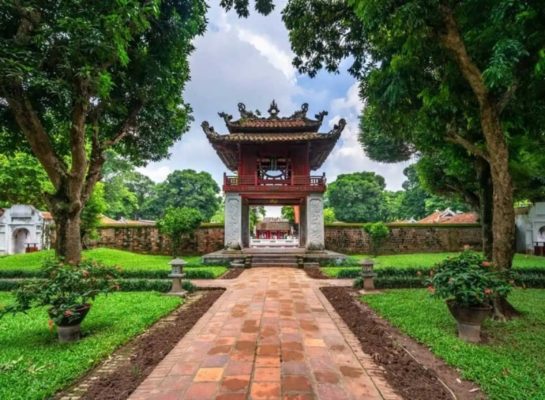
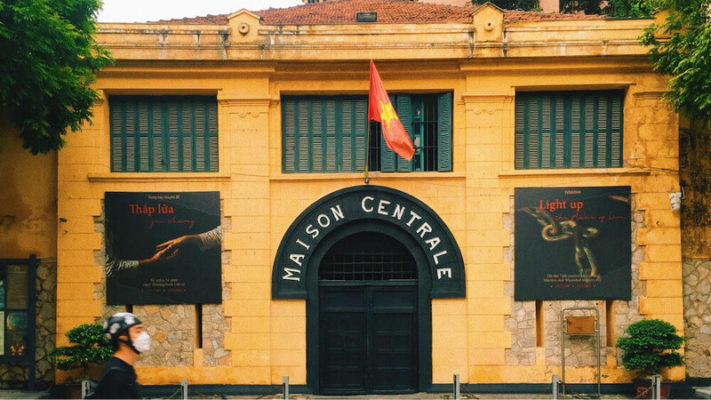
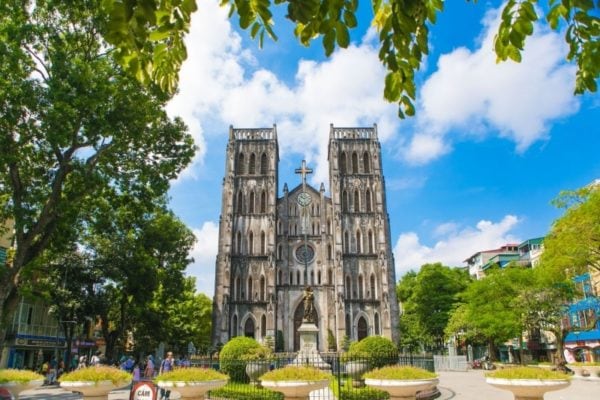
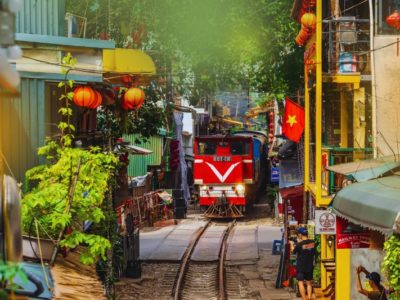
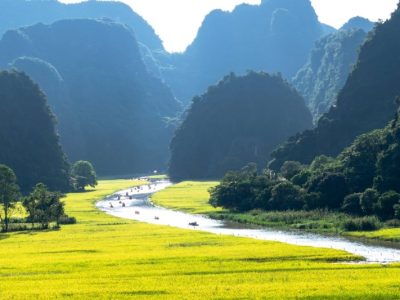
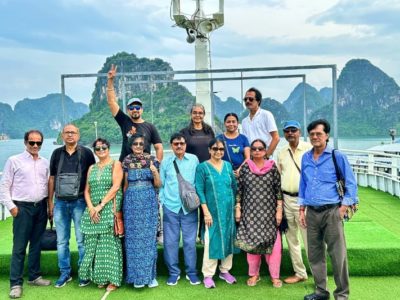
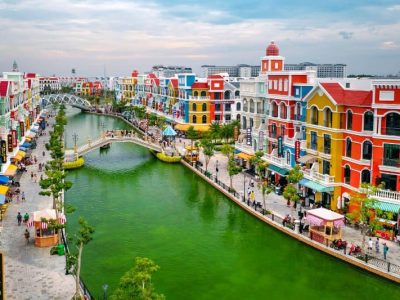

1 Countries 6 Cities
Vietnam Highlights Discovery
Departure City: Mumbai
Latest Departure Date: December 06 2025
15 seats left
Starting fromSave 35% ₹1,12,000
per person on twin sharing with airfares